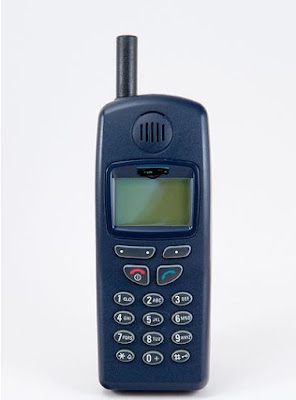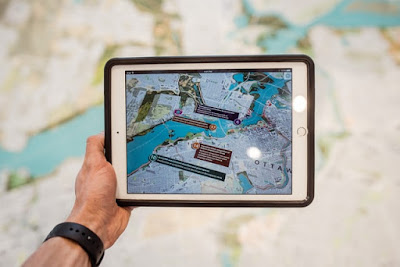From being a luxury item for the rich, mobiles over the past few years has transformed itself into a necessity for every individual irrespective of their social status and economy. Now each people have got their mobiles in their hand or pocket and it has become a challenge for anyone to stay without it even for few minutes.
The invention that changed the way we communicated
During the 1940s, the engineers at AT&T developed a cell phone that could transmit signals for mobile base stations but they were not the mobiles that we see today, but was mostly like radio devices that could be used to communicate in emergencies.
Although there were lots of efforts after that to transform the device for more general purposes, Motorola was the first company that successfully introduced the modern mobiles and on April 3, 1973 made its first phone!
Evolution of mobile phones
Mobile phones have come a long way over a very small period of time. In few decades, it has not only changed itself but also the whole world. Let's look into some of its evolutionary models.
First generation of mobile phones: This was the first
handset through which the first call was made that lasted for 30 minutes. It
weighed more than 1 kg and had to be charged for about 8-10 hours! It resembled
more like a handheld transceiver, and obviously no chance to get
in to your pockets.
Second generation of mobile phones: This handset were lighter and were smaller in size. Having an antenna on its head, it also had a screen which could display the numbers that were being typed. These mobiles had much more minutes of talktime that can be used at a time, resembled somewhat similar to a cordless phone receiver.
Third generation of mobile phones: These handsets had the same dimensions as that of the current phones being used. These also had black and white display screens but features such as SMS and few pre-installed games were also present. It can be said that those formed the basis of modern era mobiles.
Fourth generation of mobile phones: The mobiles now had a colour display although dimension and look-wise were similar to that of the previous generation mobile handsets. Few applications and games could be downloaded and had access to 2G internet, which was the most distinguished feature in them.
Fifth generation of mobile phones: The world got introduced with Symbian phones which was basically operated with Symbian OS, very close to what we call as Smart phones! Blackberry phones also got introduced during the same time and many of its features were alike as that of the other one. These phones had a larger screen including some of them having QWERTY keypads that resembled that of computers while some had flip flop covers where screen and keyboards were not aligned on top of each other. There were a lot of applications now that can be downloaded including having the feature of camera.
Sixth generation of mobile phones: The smartphones finally got unveiled to the people with it's amazing features. The smartphones made the gap between mobiles and computers very narrow and almost any tasks can now be done with it as being done by computers. With the introduction of touch screen phones and power of OS such as Android, IoS or Windows, processing got a lot faster and with the help of applications, the mobile phones can serve any purpose that made people's life easier. Another stunning feature of the current phones is Augmented Reality which has made virtual world closer to reality.
Seventh generation of mobile phones: With Machine Learning and Artificial Intelligence being popular, we can easily say that the future mobile handsets will make use of these technologies and will have lot more features, probably won't even require any human touch to use their functions.
Conclusion
With the evolution of mobile phones over the past few decades, it's not just that the models and technology that changed but also how we treat these devices. It has now become a necessity for the individuals, we can even stay without television or computers nowadays but the same can't be said about mobile phones and why not?!! Right from bringing in entertainment and sports content through OTT apps to various addictive games, mobiles can readily do anything for you, no wonder they are called smartphones!








Comments
Post a Comment